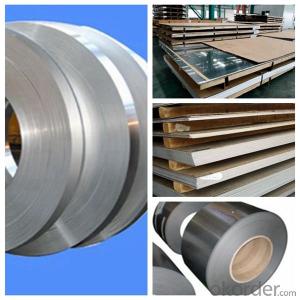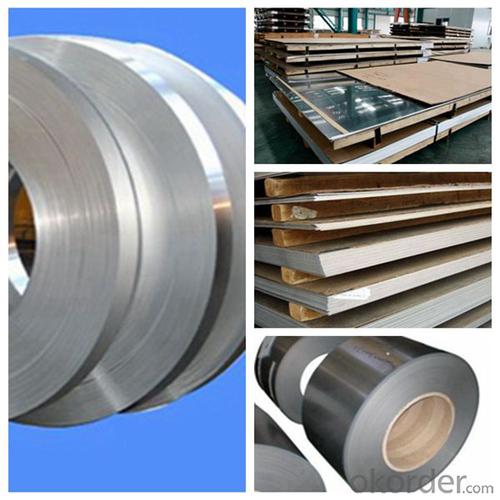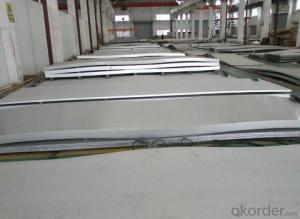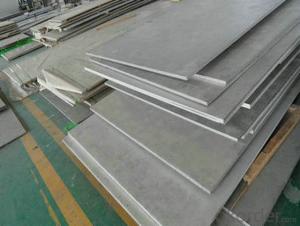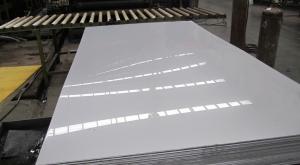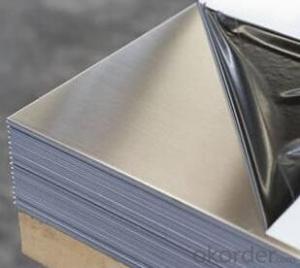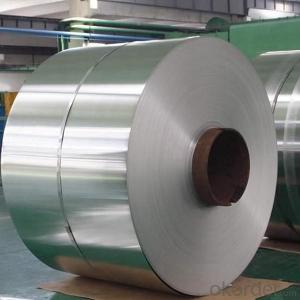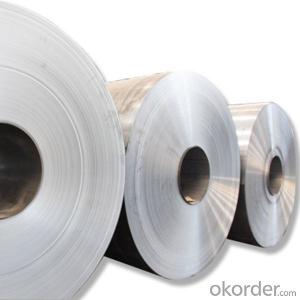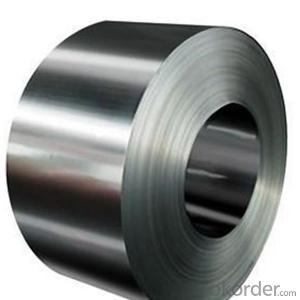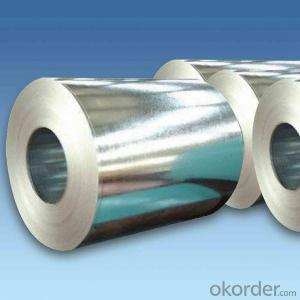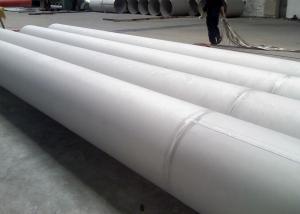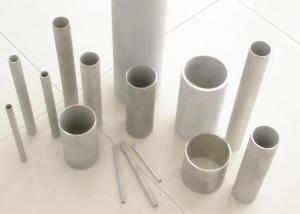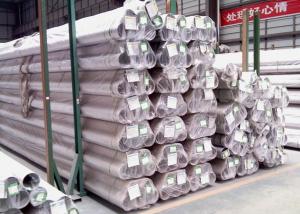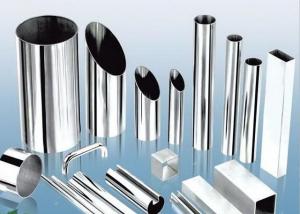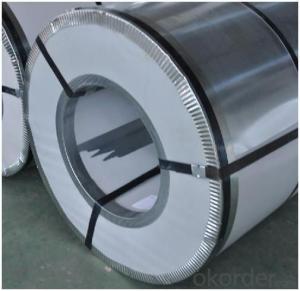Hot Rolled Stainless Steel Coils,Cold Rolled Stainless Steel Coils Grade 304 Made in China
- Loading Port:
- Tianjin
- Payment Terms:
- TT OR LC
- Min Order Qty:
- 20 m.t.
- Supply Capability:
- 1000000 m.t./month
OKorder Service Pledge
OKorder Financial Service
You Might Also Like
Specification
Hot Rolled Stainless Steel Coils,Cold Rolled Stainless Steel Coils Grade 304 Made in China
Products Description
Prodcut:Stainless Steel Coil
Thinckness: 0.20mm-8.0mm
Width:1000mm, 1219mm(4 feet), 1250mm, 1500mm, 1524mm(5 feet),
1800mm, 2000mm, 2200mm, 2500mm,and customizable
Ni:0.8~1.2% Cu:1.4~1.5% Cr:14
Standard: ASTM, JIS, GB, BS, DIN etc
Grade: 200series&300series&400series
Surface finish: 2B, BA, 8K, 6K, Mirror Finished, No1, No2, No4, Hair Line with PVC
Manufacture technology: cold rolled/hot rolled
Thickness Tolerance: +/-0.1mm
Width Tolerance: +/-10mm
200 Seriers: 201,202
300 Seriers: 301, 304, 304L, 316L, 309, 310S,321
400 Seriers: 410, 410S, 409L,430
Payment&Delivery
Payment Terms | 100% LC at sight,or 30%TT in advance, balance against B/L copy |
Delivery Time | With 30-40 days after deposit |
Price Terms | Ex-Work, FOB, CNF, CFR, CIF,etc |
Detail picture of Products:
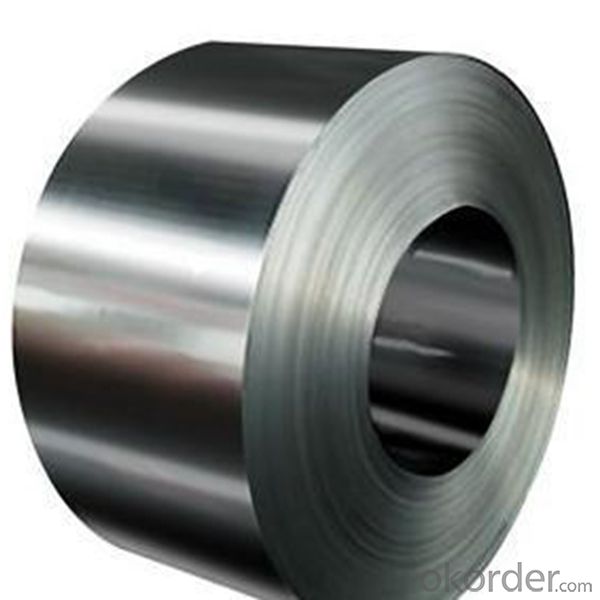
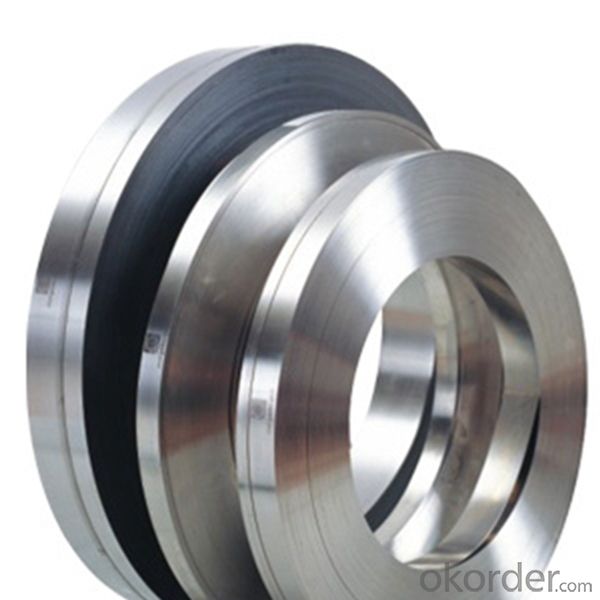
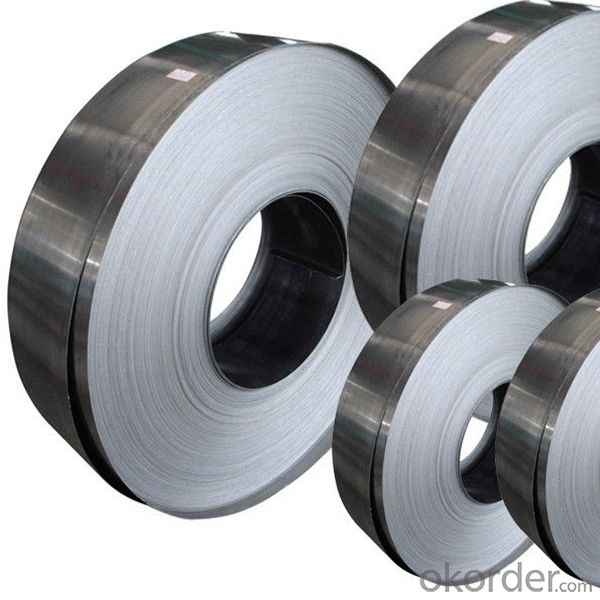
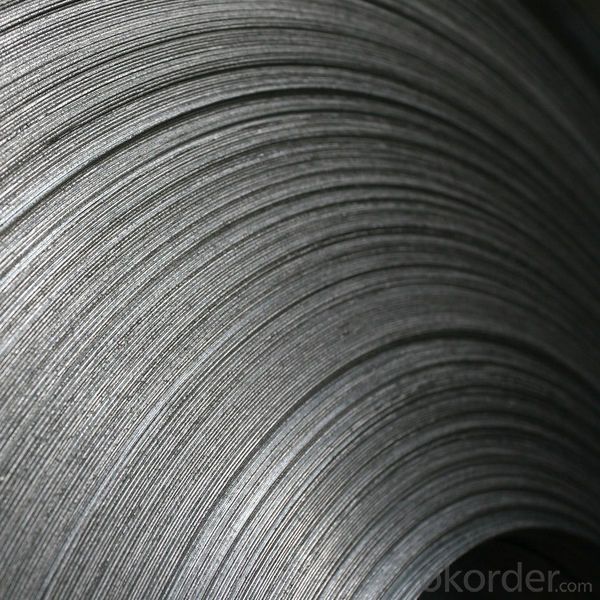
Application:
Boiler heat exchanger, machinery andpetroleum ,chemical industries, hardware fields,Food industry,construction material,kitchen utensils, building construction, medical equipment,chemical tank, pipe etc

FAQ
Q: How long is the delivery time?
A: Normally 30-40 days, but mostly according to the specific requirements or the quantity
Q: Could you send me sample?
A: We can supply you with the sample for free, but the delivery charges will be covered by customers.
- Q: Can stainless steel sheets be used for hygienic environments?
- Yes, stainless steel sheets are commonly used in hygienic environments due to their inherent properties such as resistance to corrosion, ease of cleaning, and ability to withstand high temperatures. These sheets are frequently used in various industries, including healthcare, food processing, and pharmaceuticals, to ensure a clean and sterile environment.
- Q: Are stainless steel sheets magnetic?
- Yes, stainless steel sheets can be magnetic. The magnetic properties of stainless steel sheets depend on their composition. Generally, stainless steel is a non-magnetic material. However, certain grades of stainless steel, such as the 400 series (e.g., 410, 416, 420, and 430), contain a higher amount of ferritic or martensitic structures, which can exhibit magnetic properties. On the other hand, the commonly used 300 series stainless steel (e.g., 304 and 316) is non-magnetic due to its austenitic structure. Therefore, it is important to consider the specific grade of stainless steel when determining its magnetic behavior.
- Q: Can stainless steel sheets be used for backsplashes?
- Yes, stainless steel sheets can be used for backsplashes.
- Q: Can stainless steel sheets be used for architectural railings?
- Yes, stainless steel sheets can be used for architectural railings. Stainless steel is known for its durability, corrosion resistance, and aesthetic appeal, making it a popular choice for architectural applications such as railings. It offers strength and stability while also adding a sleek and modern look to any structure.
- Q: What are the different edge finishes available for stainless steel sheets?
- There are several different edge finishes available for stainless steel sheets, each with its own unique characteristics and applications. 1. Mill Edge: This is the original edge produced during the rolling process at the mill. It has a slightly rough appearance and may contain mill scale or imperfections. Mill edge is suitable for applications where aesthetics are not a major concern, such as industrial or structural use. 2. Sheared Edge: This edge is obtained by shearing or cutting the stainless steel sheet to size. It has a straight, clean-cut appearance and is commonly used in applications where a smooth edge is desired, such as architectural or decorative purposes. 3. Deburred Edge: After the shearing process, the edges of the stainless steel sheet can be deburred to remove any sharp or rough edges. This creates a smooth and safe edge, making it suitable for applications where safety is a concern, such as food processing or medical equipment. 4. Rolled Edge: This edge finish is achieved by rolling the stainless steel sheet, which creates a rounded or curved edge. Rolled edges are often used in applications where safety is important, as they eliminate sharp corners and edges, reducing the risk of injury. 5. Beveled Edge: A beveled edge is created by cutting or grinding an angle onto the edge of the stainless steel sheet. This edge finish is commonly used in architectural or decorative applications, as it offers a stylish and visually appealing appearance. 6. Polished Edge: This edge finish involves polishing the edge of the stainless steel sheet to a smooth and reflective surface. Polished edges are often used in high-end architectural or decorative applications, as they enhance the overall aesthetic appeal of the stainless steel sheet. It is important to choose the appropriate edge finish based on the specific requirements of your application, taking into consideration factors such as aesthetics, functionality, and safety.
- Q: Are stainless steel sheets resistant to UV rays?
- Yes, stainless steel sheets are resistant to UV rays. Stainless steel is known for its durability and corrosion resistance, and this extends to its ability to withstand exposure to UV rays. The chromium content in stainless steel forms a protective oxide layer on the surface, which helps prevent the metal from oxidizing or corroding when exposed to sunlight. This oxide layer acts as a barrier that shields the stainless steel from UV rays, making it highly resistant to the damaging effects of prolonged sun exposure. Therefore, stainless steel sheets are an excellent choice for outdoor applications where UV resistance is a requirement, such as roofing, cladding, and architectural elements.
- Q: How do you cut intricate designs in stainless steel sheets?
- Cutting intricate designs in stainless steel sheets can be a challenging task but can be accomplished through various methods. One common method is using a laser cutting machine. Laser cutting offers precise and clean cuts, allowing for intricate designs to be achieved with ease. The laser beam melts or vaporizes the stainless steel, leaving behind a smooth and precise cut. Another method is using a CNC plasma cutter. This method utilizes a computer-controlled machine that uses a plasma torch to cut through the stainless steel. CNC plasma cutters offer high precision and can handle complex designs. However, the edges may require additional finishing to achieve a smooth and polished look. Waterjet cutting is another option for cutting intricate designs in stainless steel sheets. This method uses a high-pressure jet of water mixed with an abrasive material to cut through the metal. Waterjet cutting is a versatile technique that can handle various thicknesses and designs, producing accurate and detailed results. For smaller projects or intricate designs, a jeweler's saw or a metal nibbler can be used. These handheld tools allow for manual cutting and offer more control over the design. However, they may require more time and effort compared to automated methods. Regardless of the method chosen, it is essential to ensure safety precautions are taken, such as wearing protective gear and following manufacturer's instructions. Additionally, practicing on scrap pieces before working on the final stainless steel sheet can help refine the technique and achieve the desired results.
- Q: Are stainless steel sheets recyclable?
- Indeed, stainless steel sheets possess high recyclability. This sustainable and eco-friendly material can be recycled endlessly, maintaining its properties intact. The process of recycling entails gathering and organizing stainless steel scraps, melting them, and subsequently employing the resulting material to fabricate fresh stainless steel products, notably sheets. By recycling stainless steel sheets, not only are we preserving natural resources and diminishing waste, but we are also conserving energy and mitigating greenhouse gas emissions linked to the manufacturing of new stainless steel.
- Q: Can stainless steel sheets be used for stairs and railings?
- Stairs and railings can indeed utilize stainless steel sheets. This remarkably resilient and adaptable material frequently finds its place in architectural and interior design endeavors. With its corrosion resistance, stainless steel proves suitable for outdoor settings and environments with elevated humidity or chemical exposure. The malleability of stainless steel sheets allows for their fabrication into diverse forms and dimensions, rendering them perfect for crafting stairs and railings with an elegant and contemporary appearance. Furthermore, stainless steel boasts effortless cleanliness and maintenance, thus making it a pragmatic selection for high-traffic areas or public spaces.
- Q: What are the different types of perforations available for stainless steel sheets?
- There are several different types of perforations available for stainless steel sheets, each serving a specific purpose and offering unique characteristics. Here are some of the most common types: 1. Round Perforations: These are the most basic and widely used type of perforations. They consist of evenly spaced round holes punched through the stainless steel sheet. Round perforations offer good airflow and visibility while providing adequate strength and durability. 2. Square Perforations: Similar to round perforations, square perforations feature evenly spaced square holes instead of round ones. Square perforations are often preferred when a more geometric and modern aesthetic is desired, as they can create a visually appealing pattern. 3. Slotted Perforations: Slotted perforations are characterized by elongated, rectangular holes that are punched through the stainless steel sheet. This type of perforation allows for better drainage and airflow, making it suitable for applications such as grilles, screens, and filters. 4. Hexagonal Perforations: Hexagonal perforations feature hexagon-shaped holes that are punched through the stainless steel sheet. This type of perforation offers an interesting visual pattern and can provide better strength and rigidity compared to round or square perforations. 5. Decorative Perforations: These perforations are specifically designed to enhance the aesthetic appeal of stainless steel sheets. They can come in various shapes, sizes, and patterns, including floral, geometric, or custom designs. Decorative perforations are often used in architectural applications, interior design, and decorative panels. 6. Micro Perforations: Micro perforations are extremely small holes that are closely spaced in the stainless steel sheet. They are commonly used in applications where a high level of precision and fine filtering is required, such as speaker grilles, ventilation systems, or sieves. It's important to note that the availability of specific perforation types may vary depending on the supplier or manufacturer. Additionally, some suppliers may offer custom perforation options to meet unique requirements or design preferences.
Send your message to us
Hot Rolled Stainless Steel Coils,Cold Rolled Stainless Steel Coils Grade 304 Made in China
- Loading Port:
- Tianjin
- Payment Terms:
- TT OR LC
- Min Order Qty:
- 20 m.t.
- Supply Capability:
- 1000000 m.t./month
OKorder Service Pledge
OKorder Financial Service
Similar products
Hot products
Hot Searches
Related keywords
